- No.609, Centre Of Huijin Nanxiang, Yinxiang Road, Nanxiang Town, Jiading District, Shanghai, China
- sherry@sanmachines.com
- +86-18616767021
What kind of pollutions are suitable for laser cleaning?
The first thing that comes to mind about laser cleaning is the removal of rust. The possibilities are so much wider than that, though. The most important benchmark is that the contaminated layer isn’t reflective and isn’t too thick.
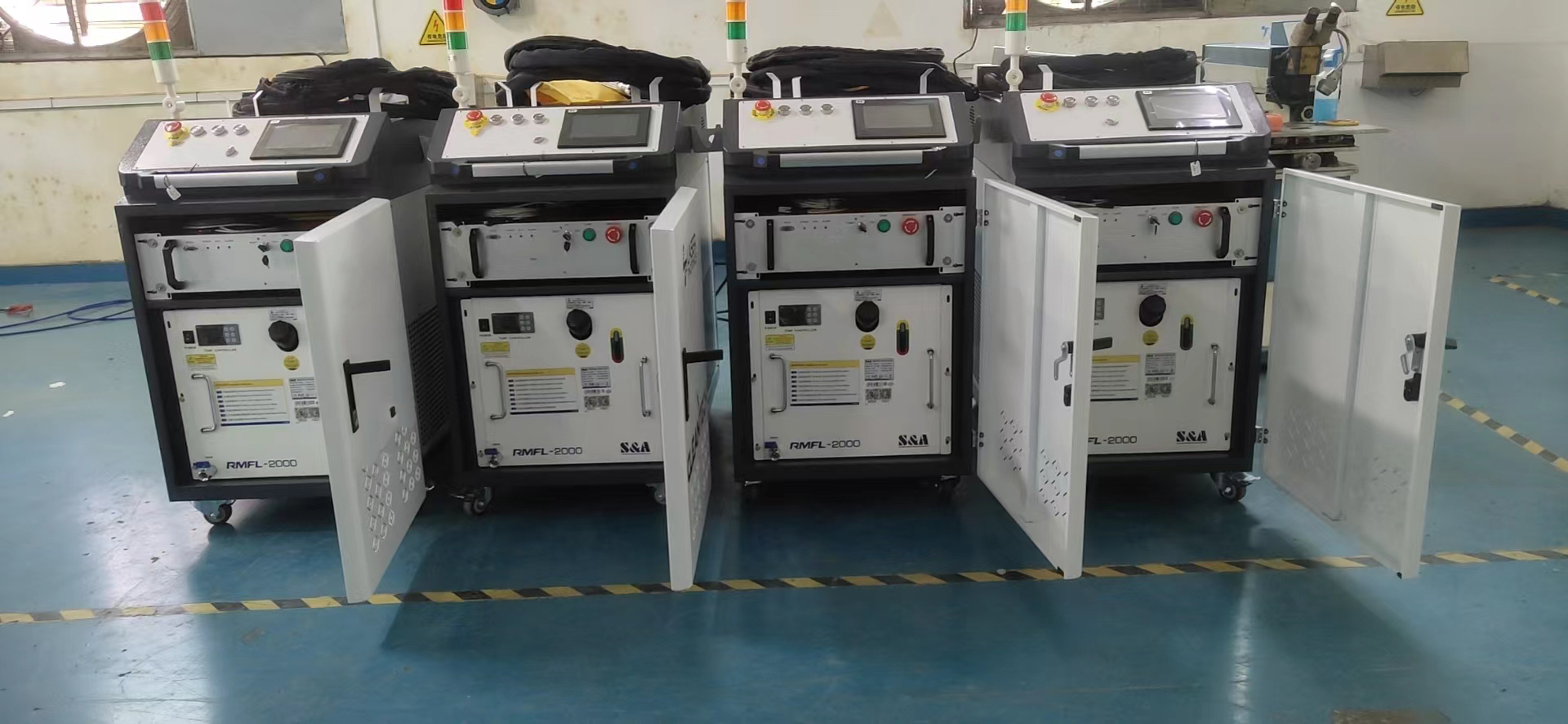
The problem with reflection is the fact that the energy of the laser beam doesn’t get absorbed and therefore the pollution doesn’t evaporate. Shiny and white surfaces are harder to remove.
The thickness of the layer has its impact on the duration of the cleaning. With a thick coating layer of 2 mm that needs removal, it will take some time before it’s completely burned away. For this kind of thicknesses, you can better choose a very abrasive technique of cleaning, like sandblasting or dry ice cleaning. The few thicker pieces of contamination you find in there, can easily be removed with the laser. As a rule of thumb, we always say that contaminated layers up to 1 mm thick are still suitable for laser cleaning, although it has occurred many times that thicker layers got removed by laser.
It’s important to know that laser cleaning isn’t only used for cleaning surfaces, but also for the pre-treatment of surfaces that are later going to be welded, brazed or glued. Laser cleaning can also be used after welding to go over the weld and to remove all unnecessary material.
Selective cleaning. The pulsed laser beam coming out of our laser cleaning machine has a lot of parameters that we can play with, like the pulse length, the scanning speed and the power. We can selectively remove layers by choosing those parameters correctly. In other words: with the right settings, we are able to remove a layer without damaging the underlying coating. Try that with a conventional cleaning technique!
This brings us to the question: which materials are suitable to be removed with laser cleaning? You can find some examples in the list below, but all the pollutants that meet the above requirements are eligible:
· Rust
· Paint
· Varnish
· Glue
· Fat
· Oil
· Plastics
· Food residues
· Oxidation layer
· Teflon and other non-stick coatings
· PVD coatings
· Mold release agent
· Rubber
· Ink
…
Related product links


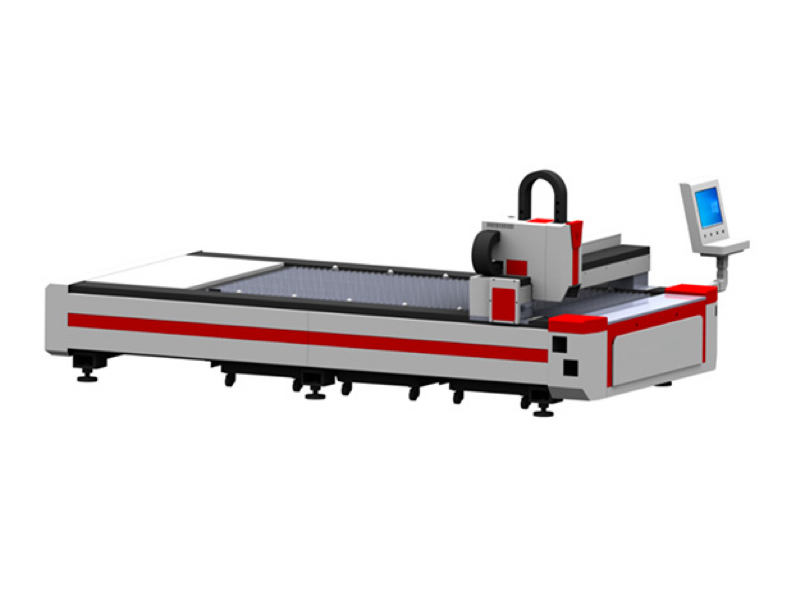
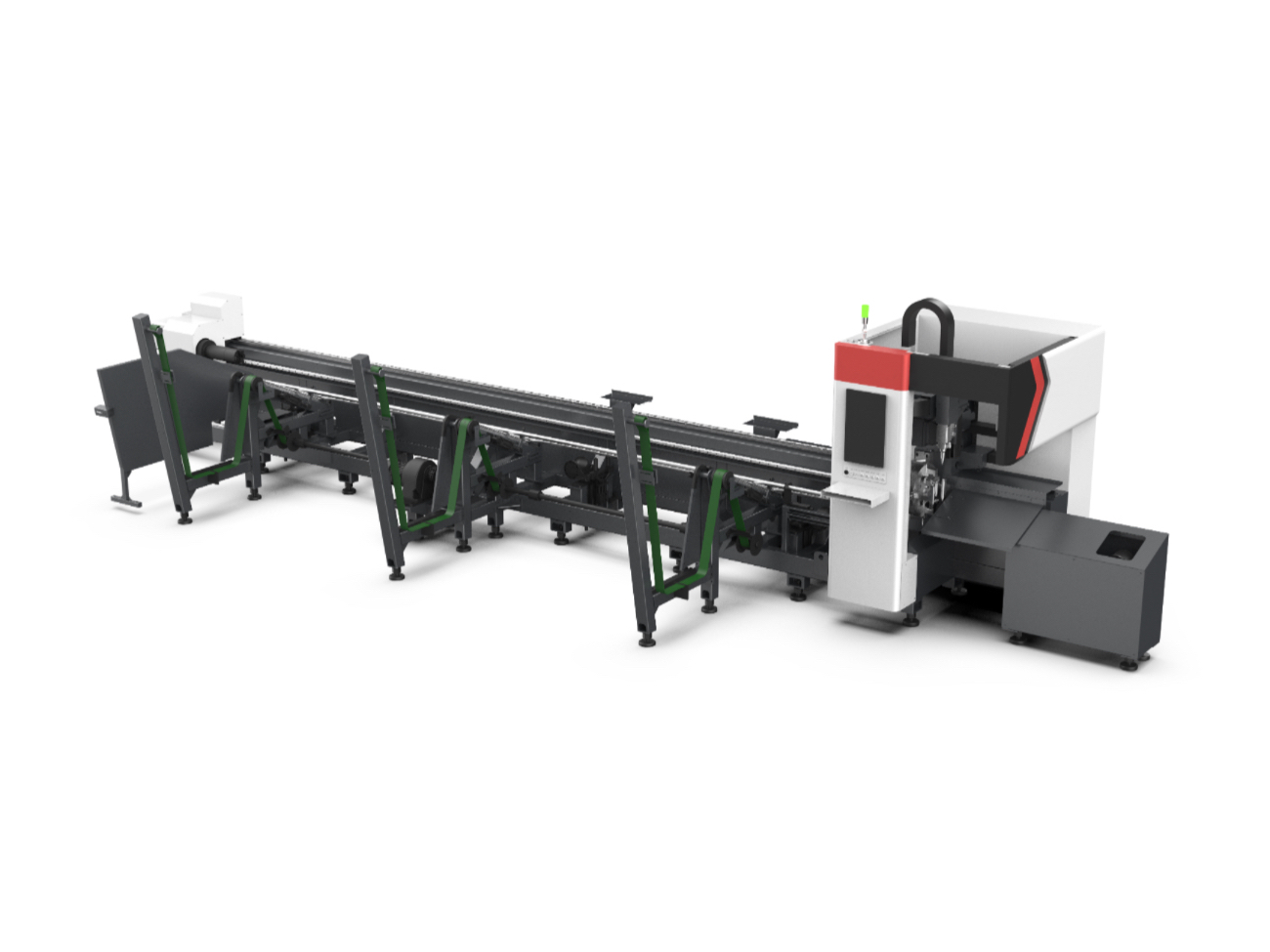
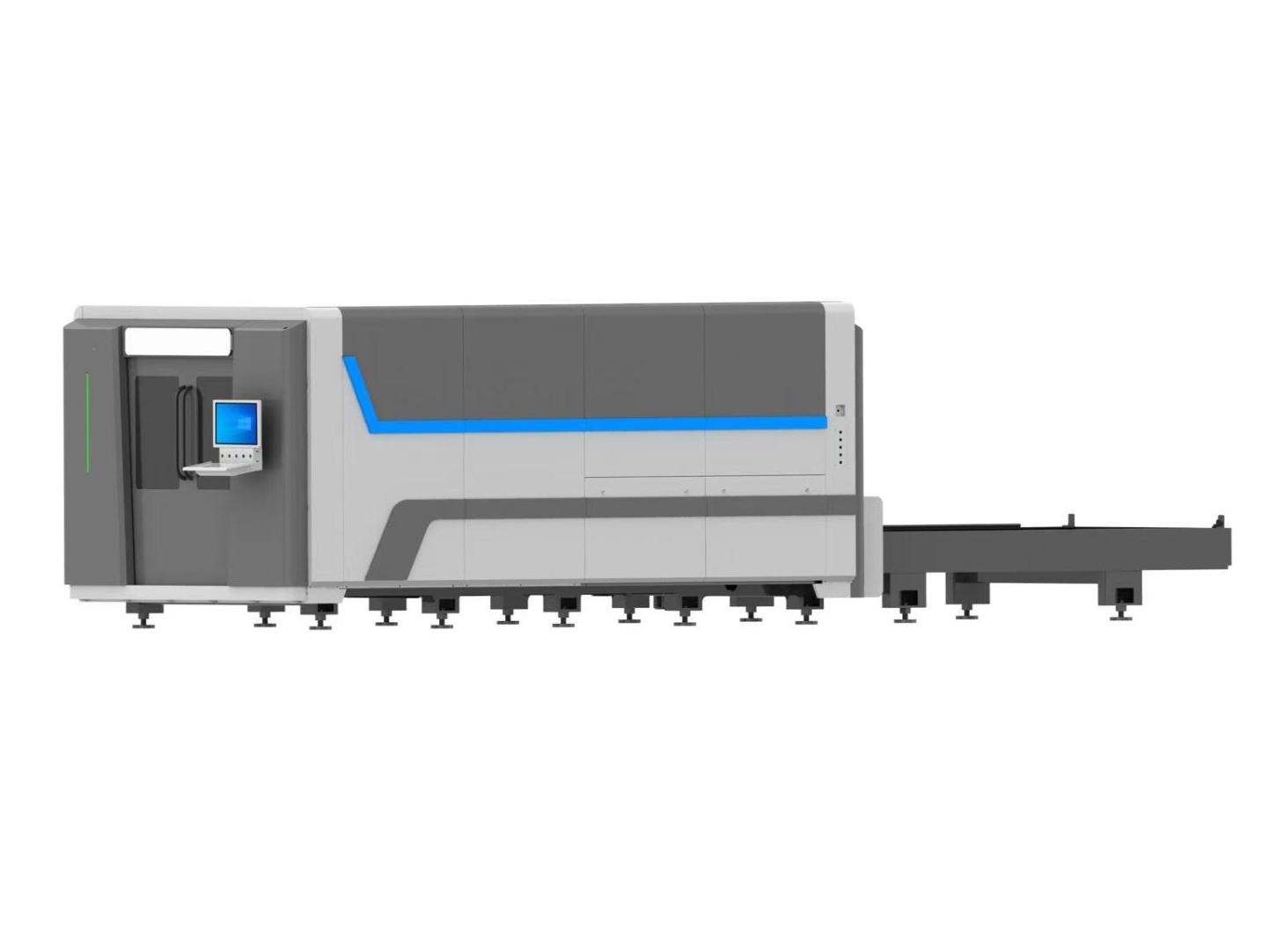

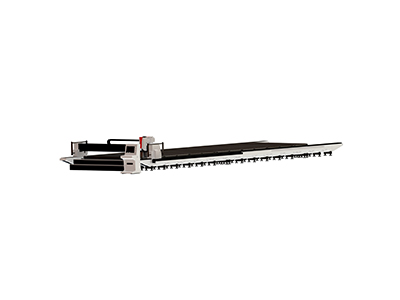
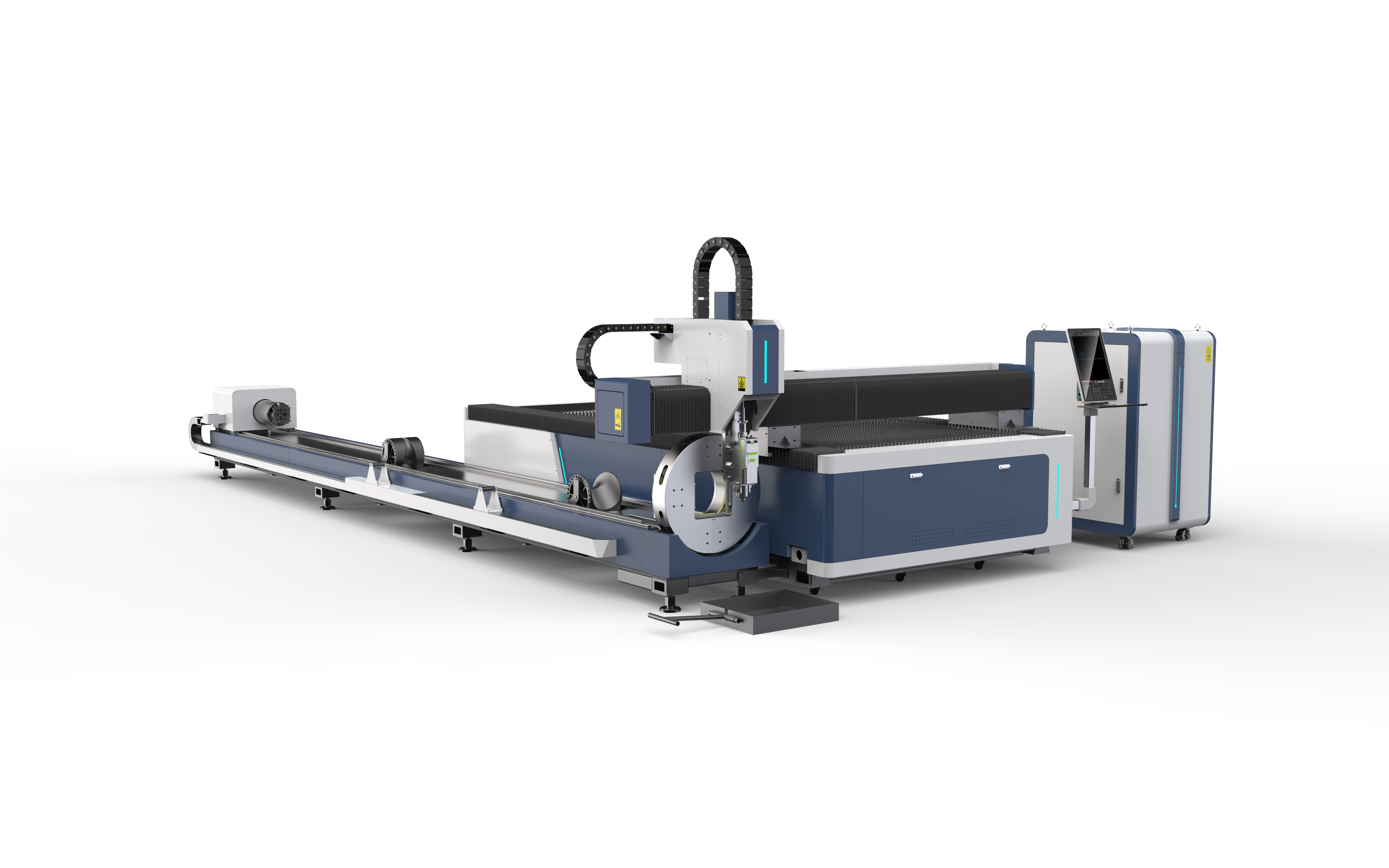
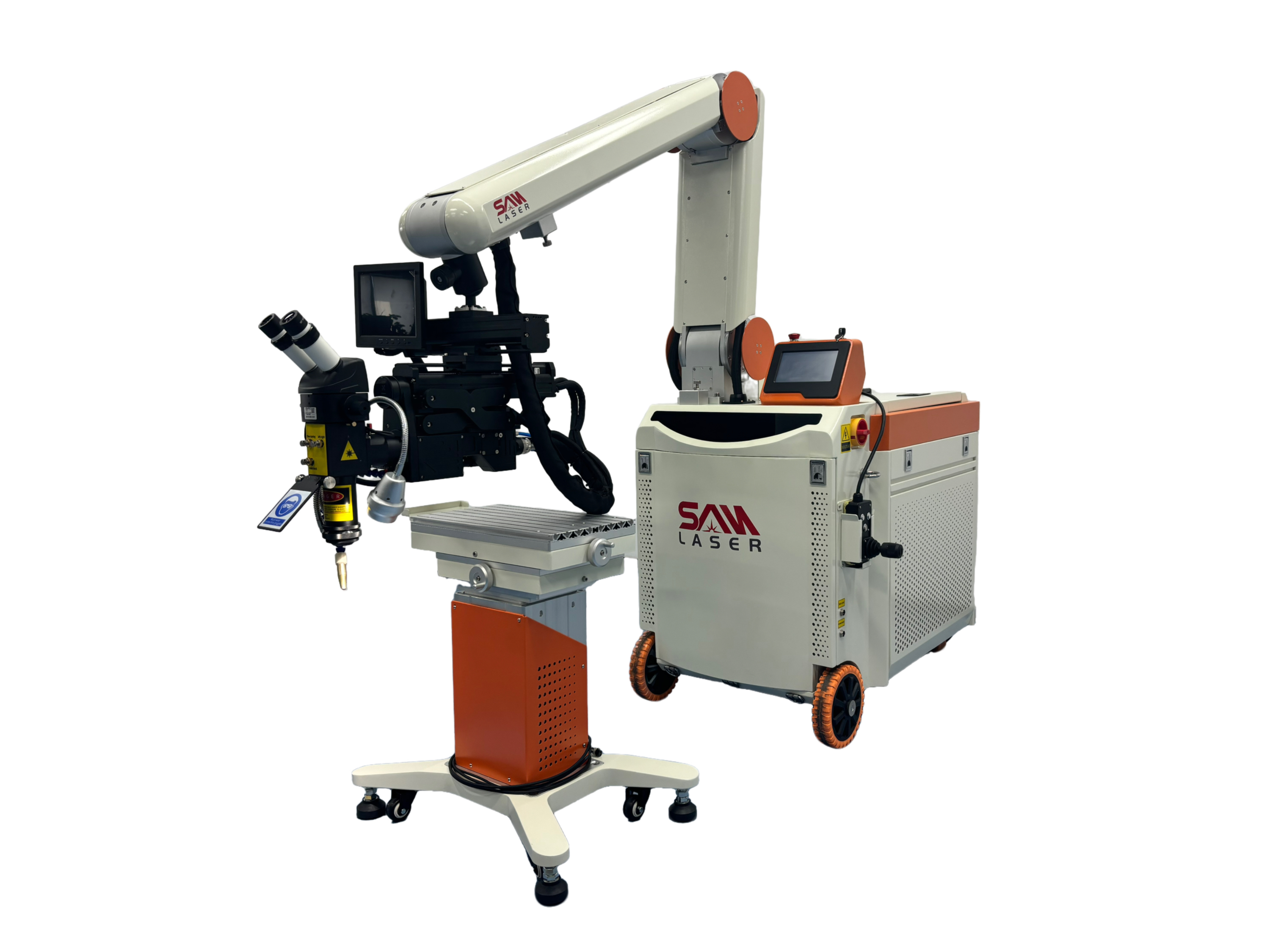
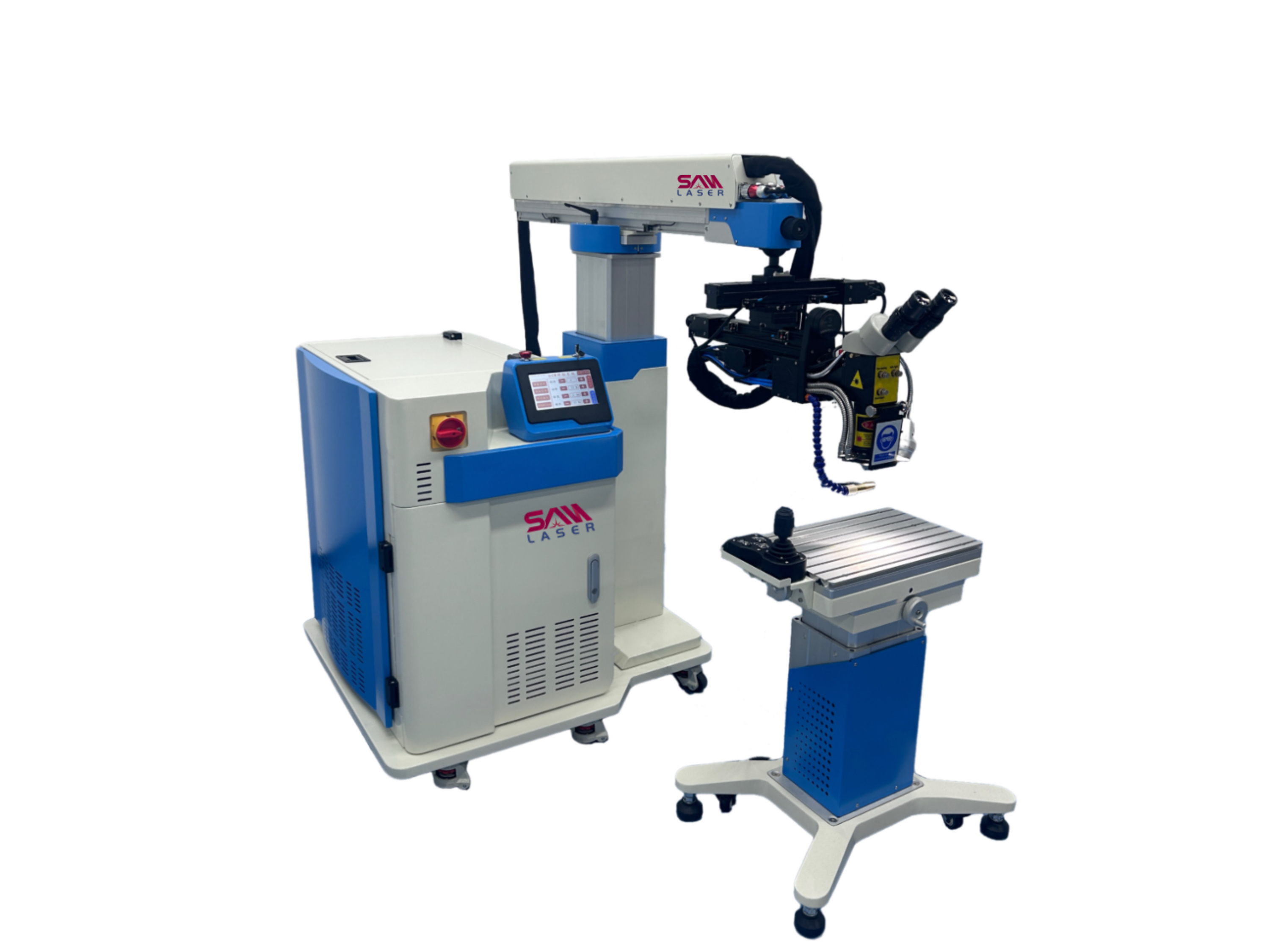
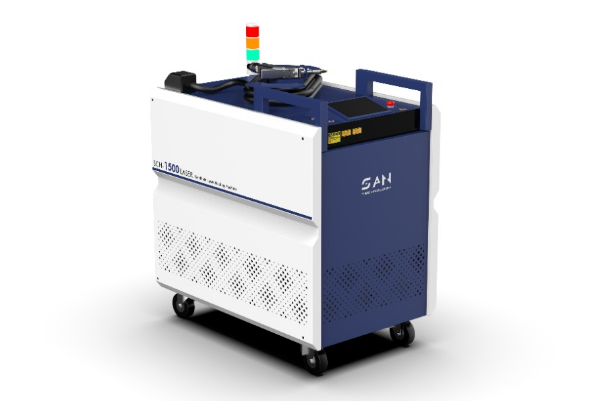
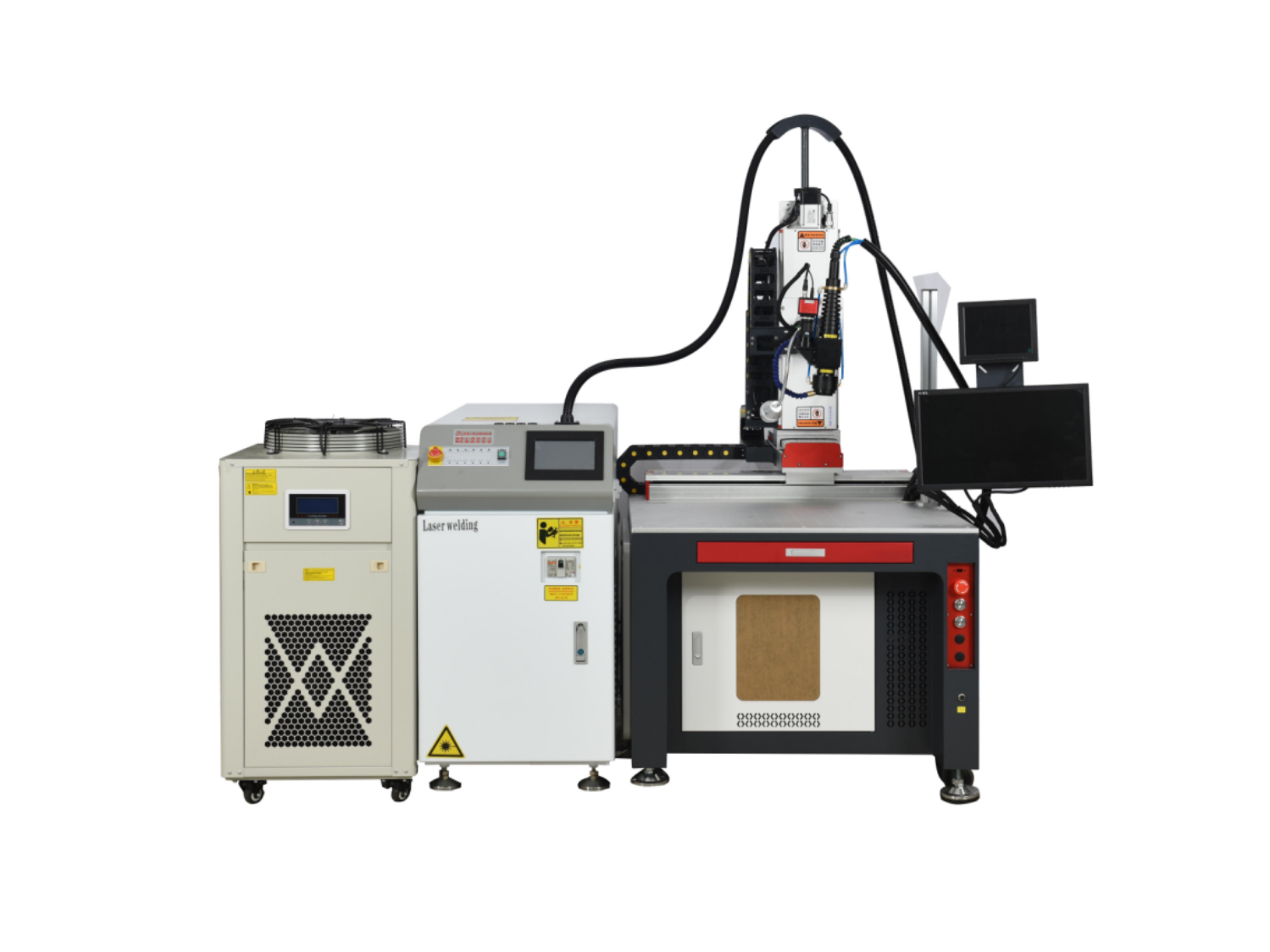
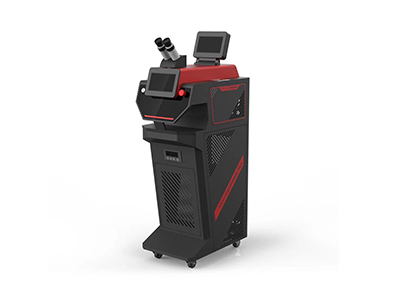
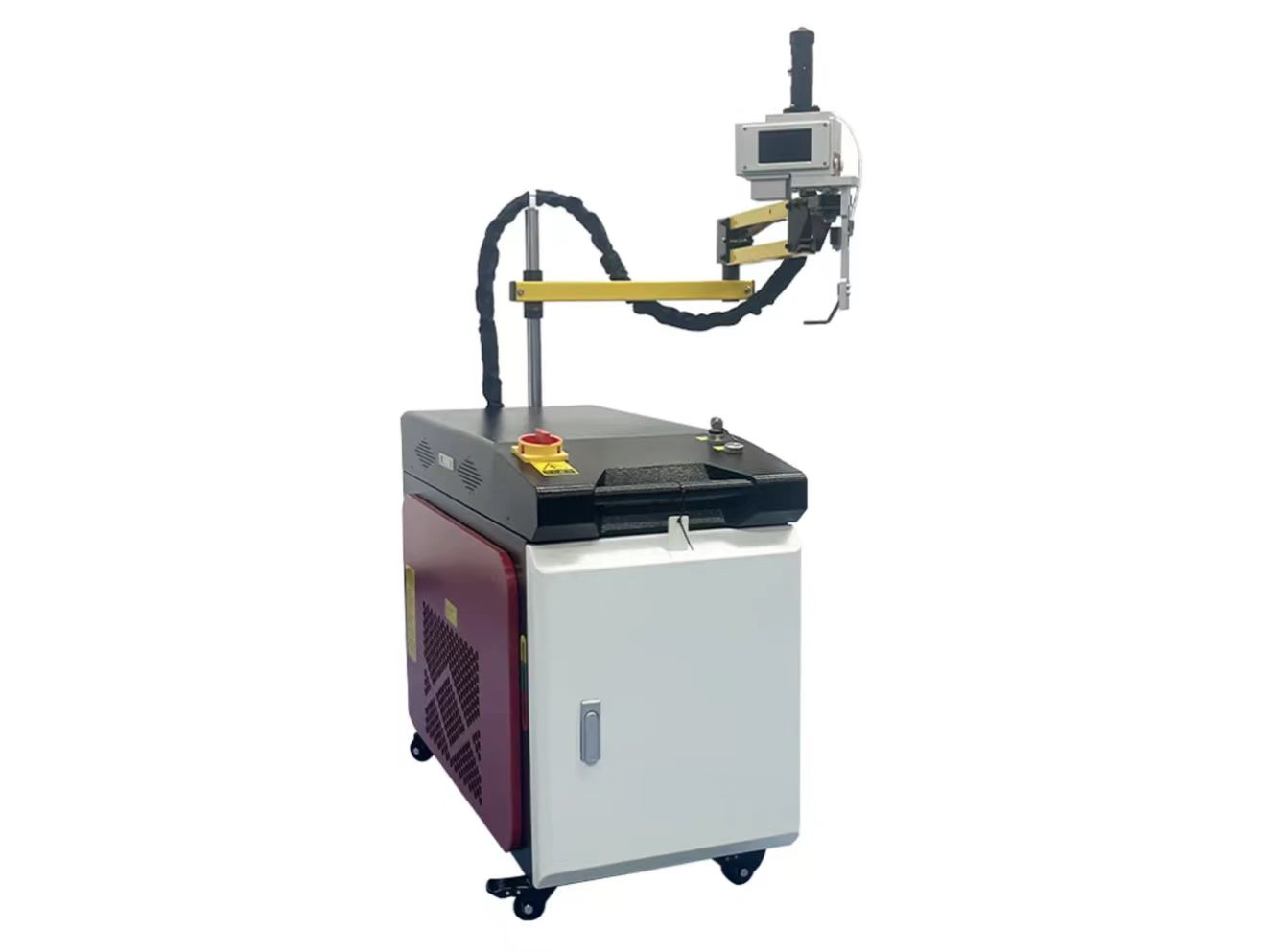
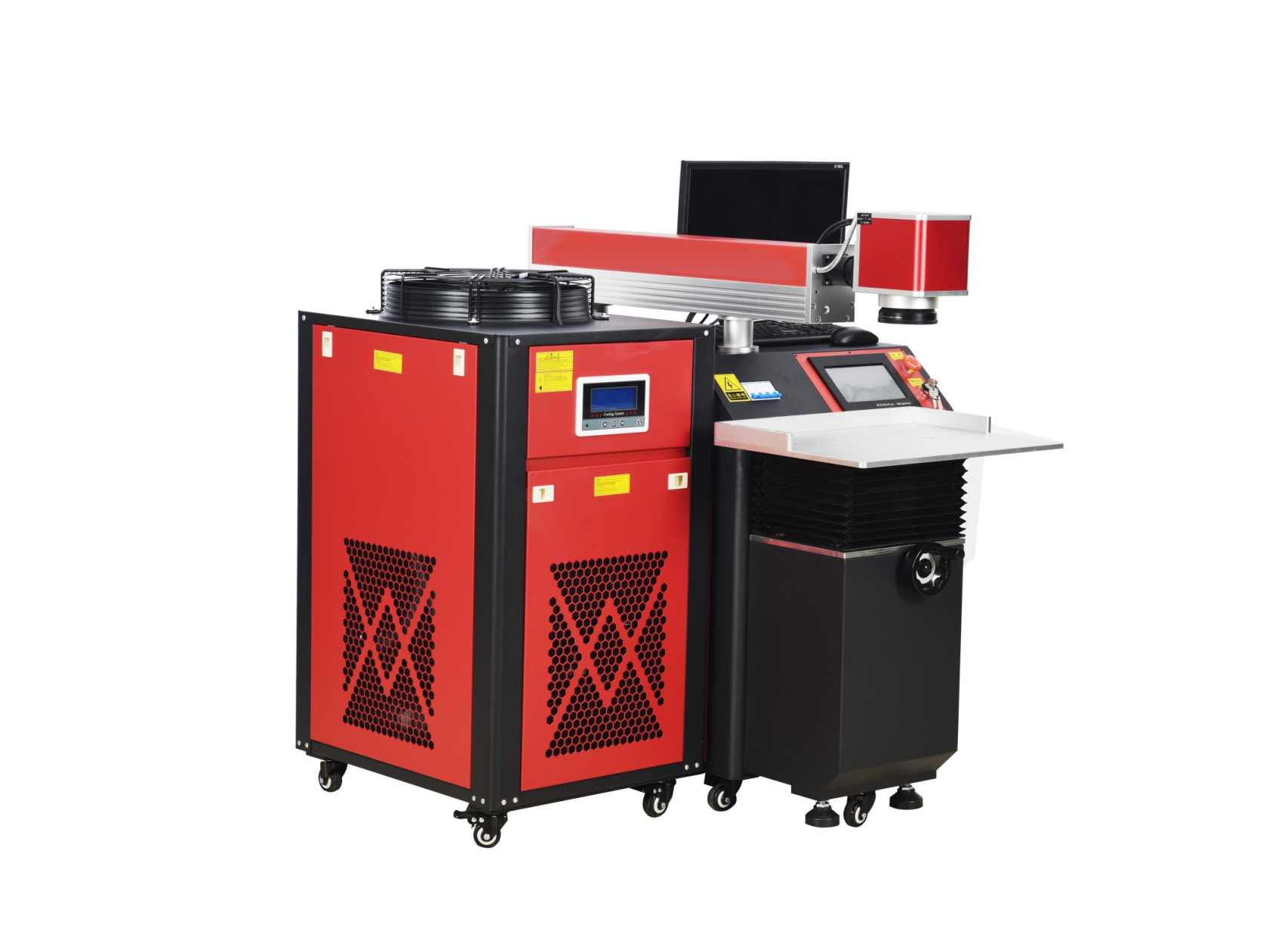
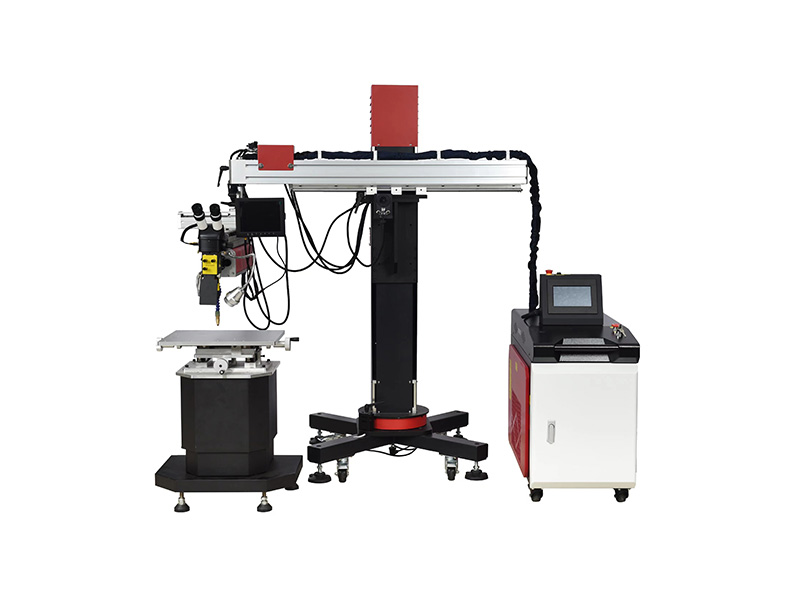
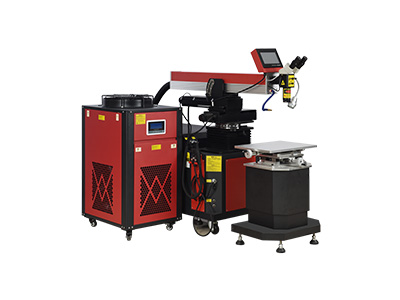

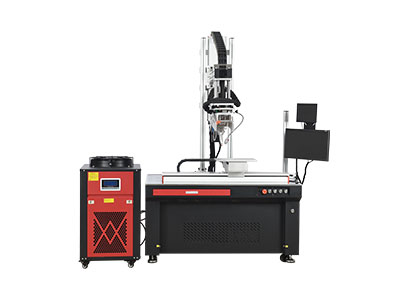
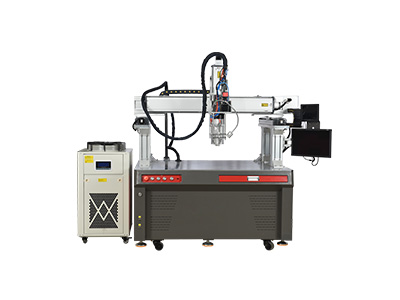
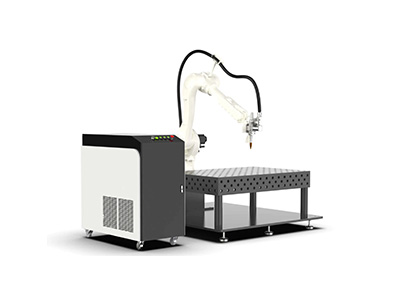
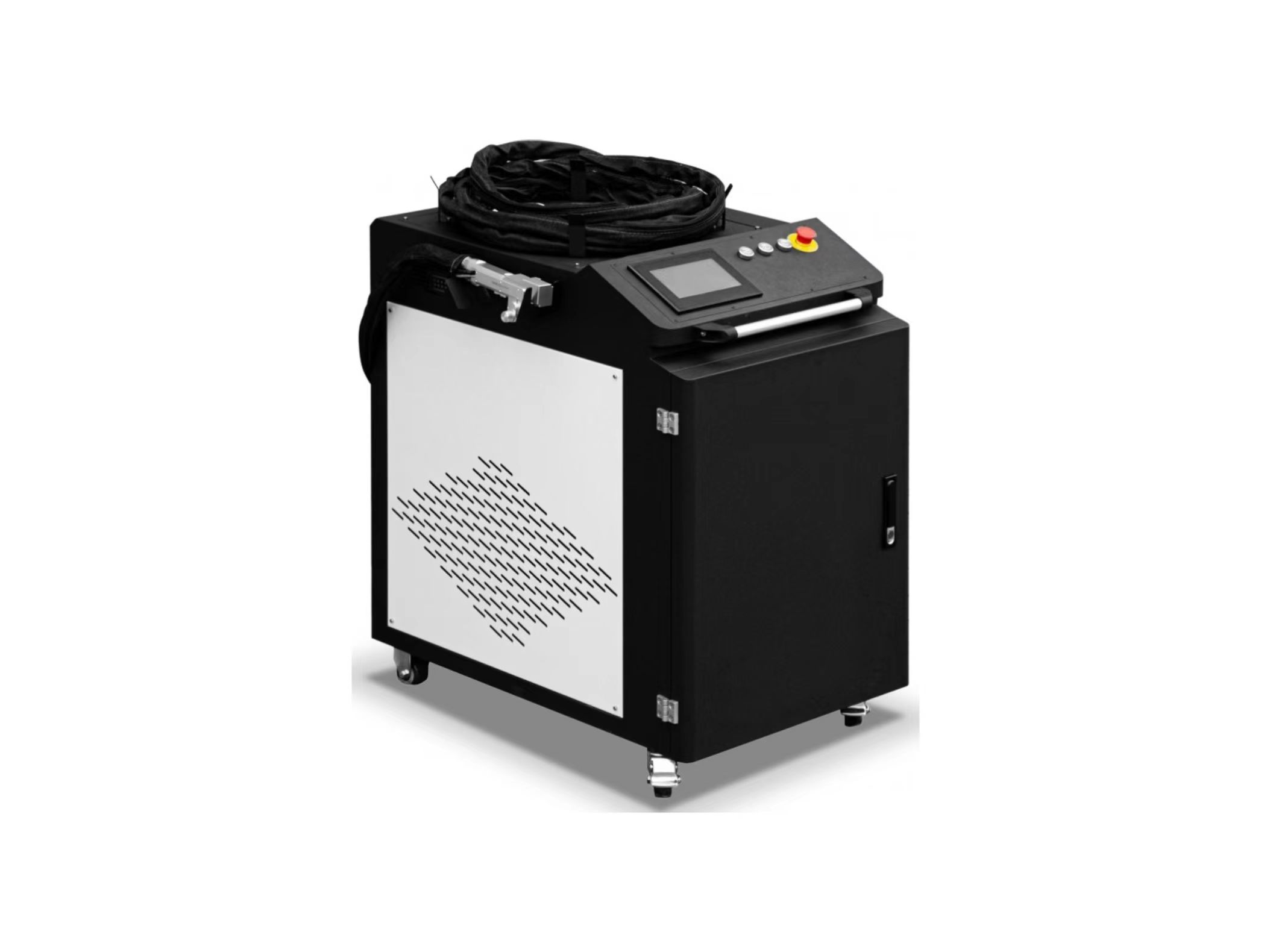
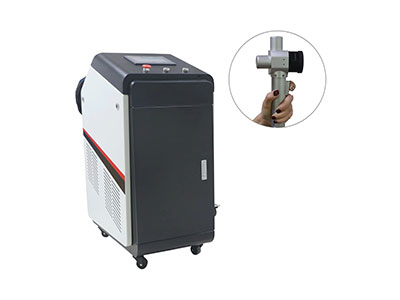
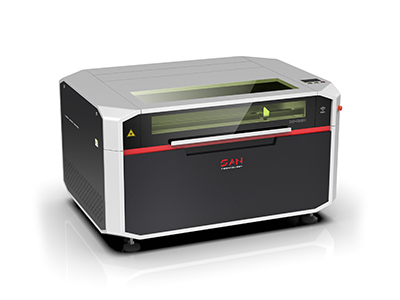
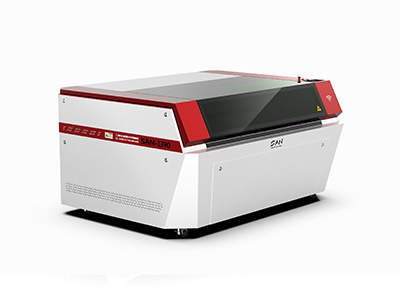
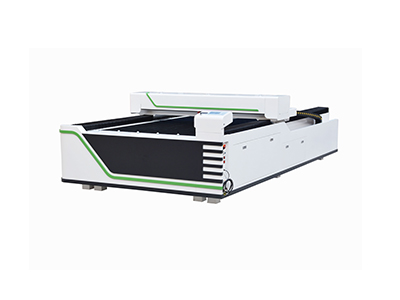
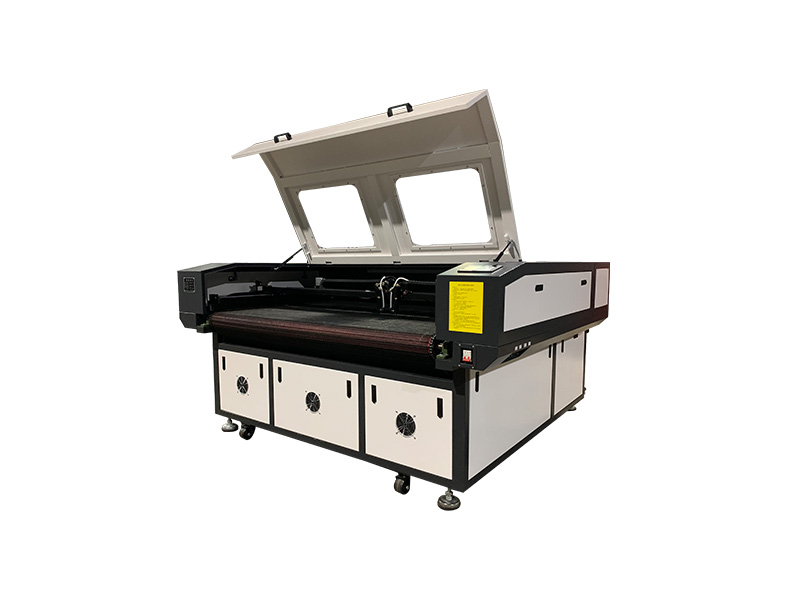
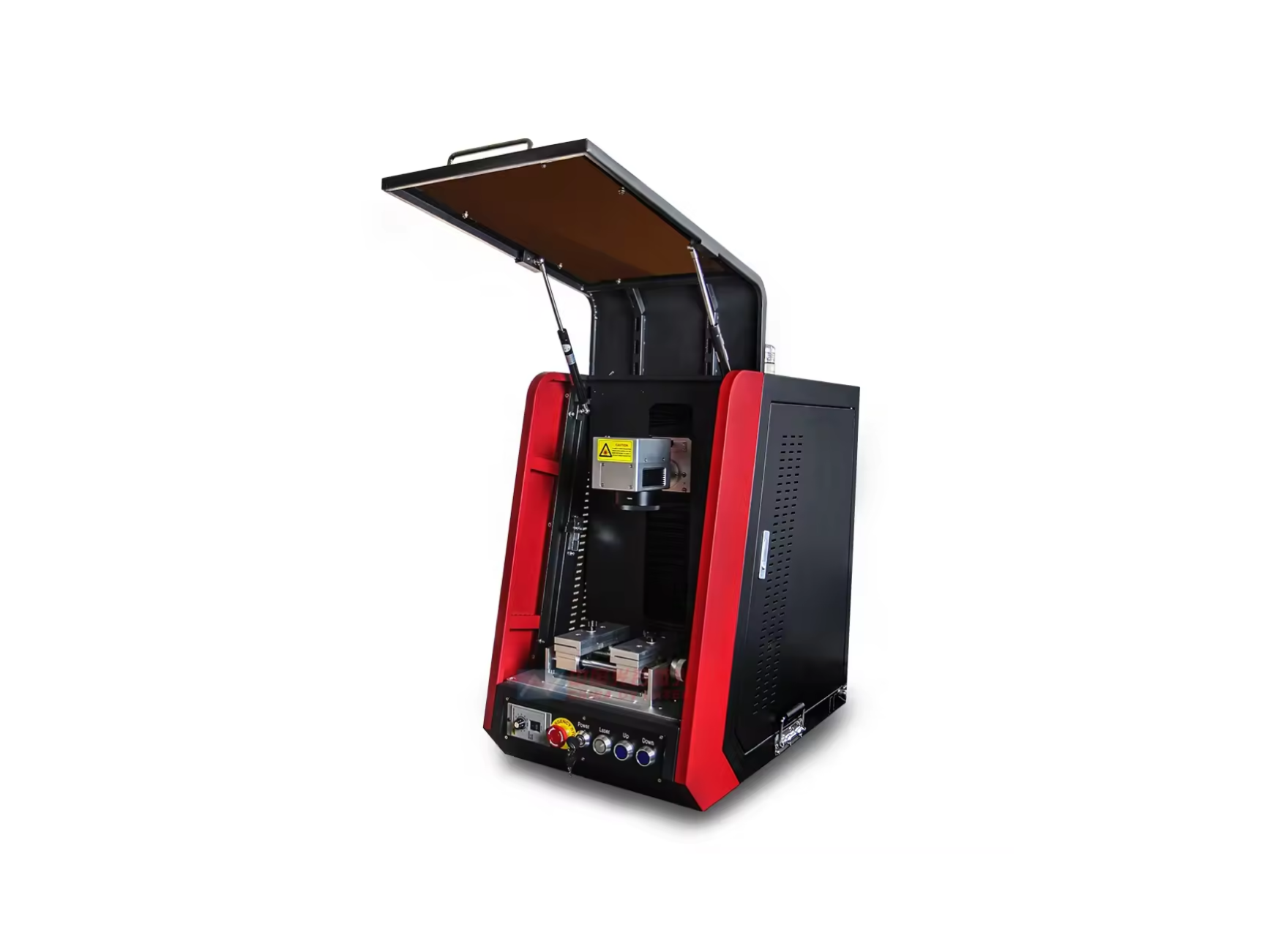
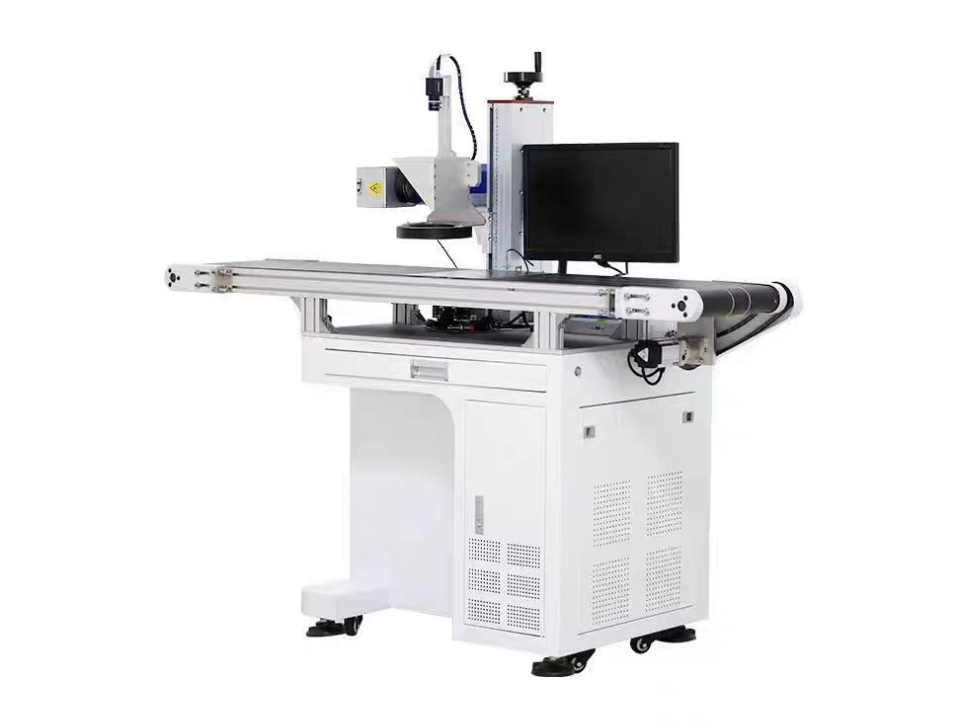
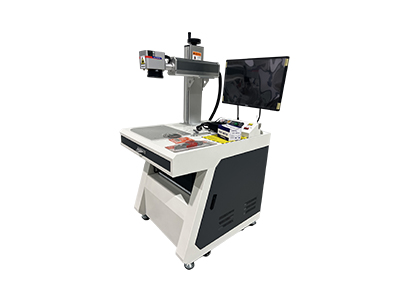
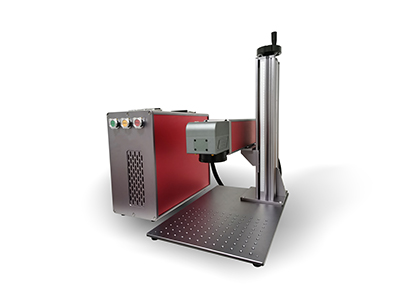
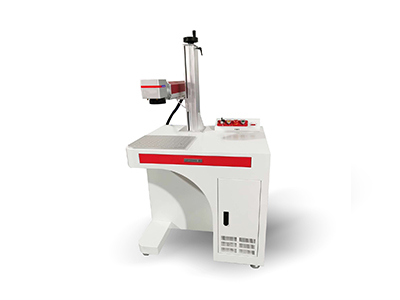
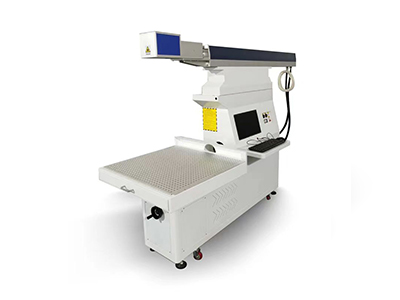
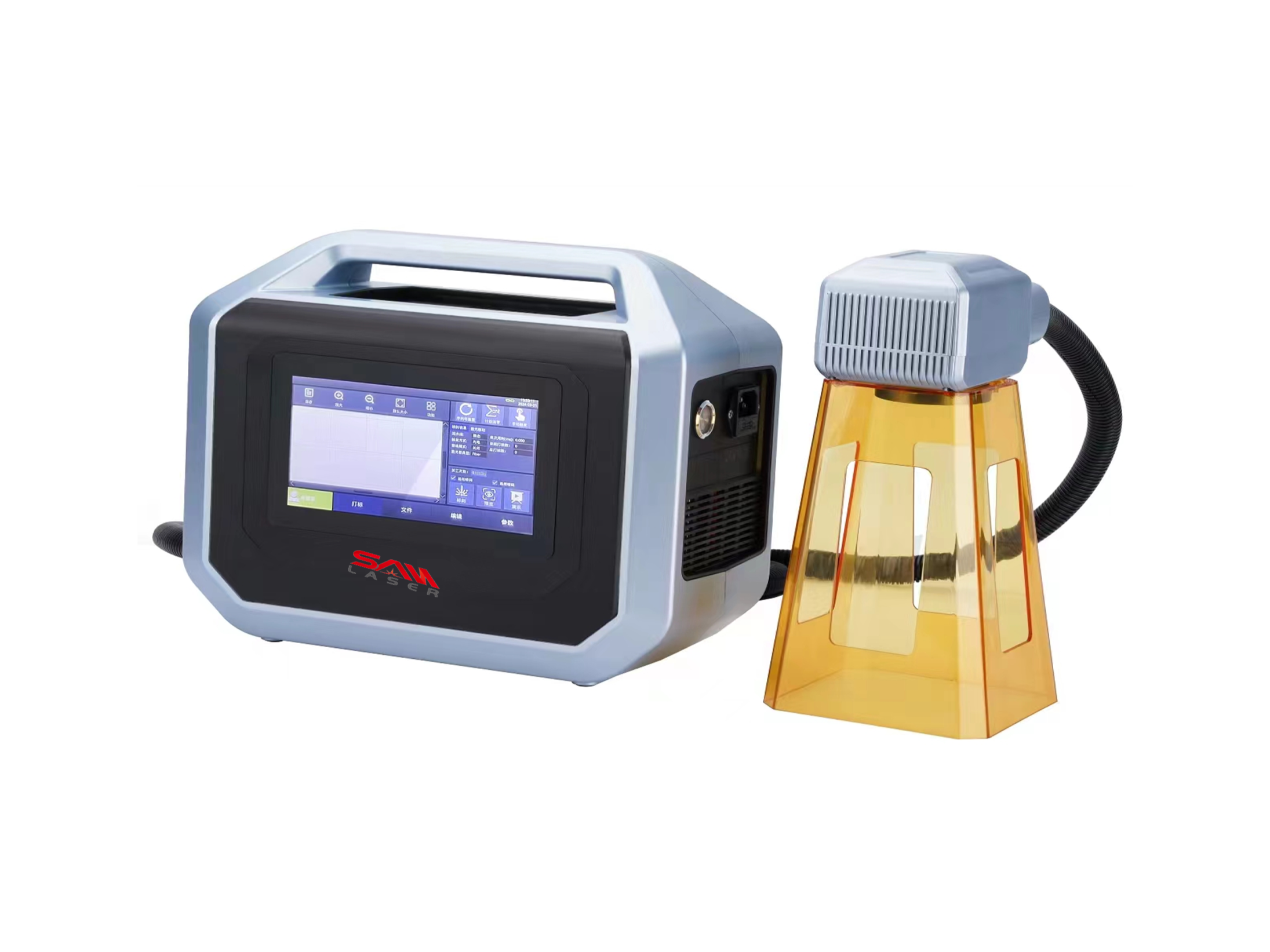
 Welder News
Welder News




